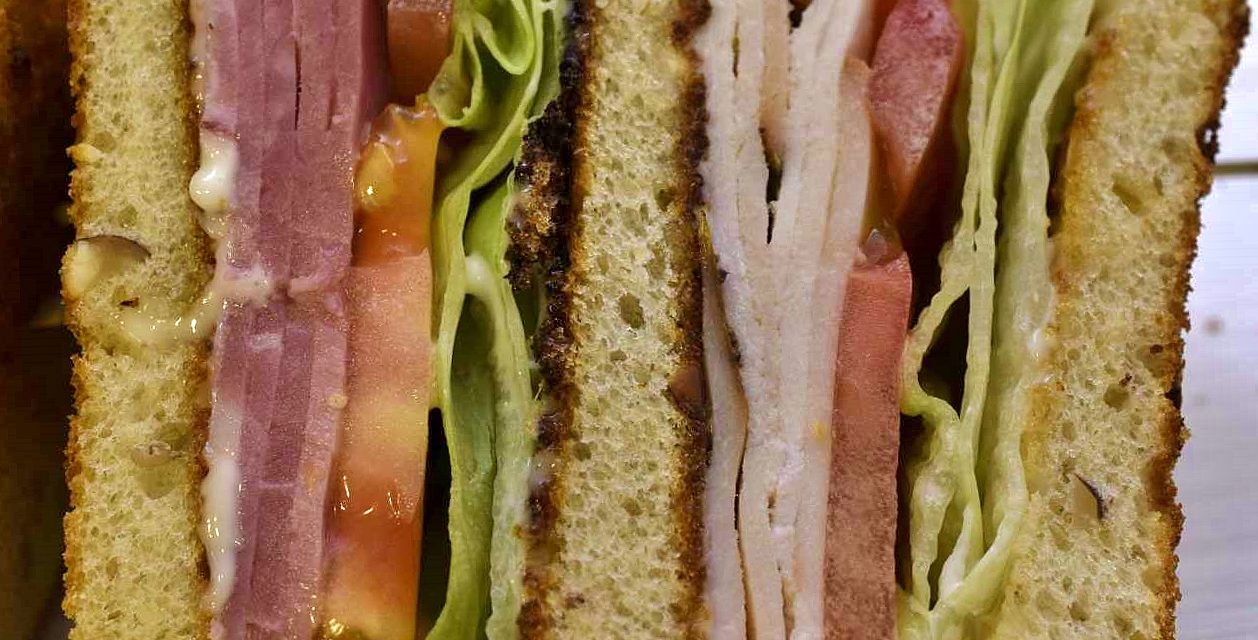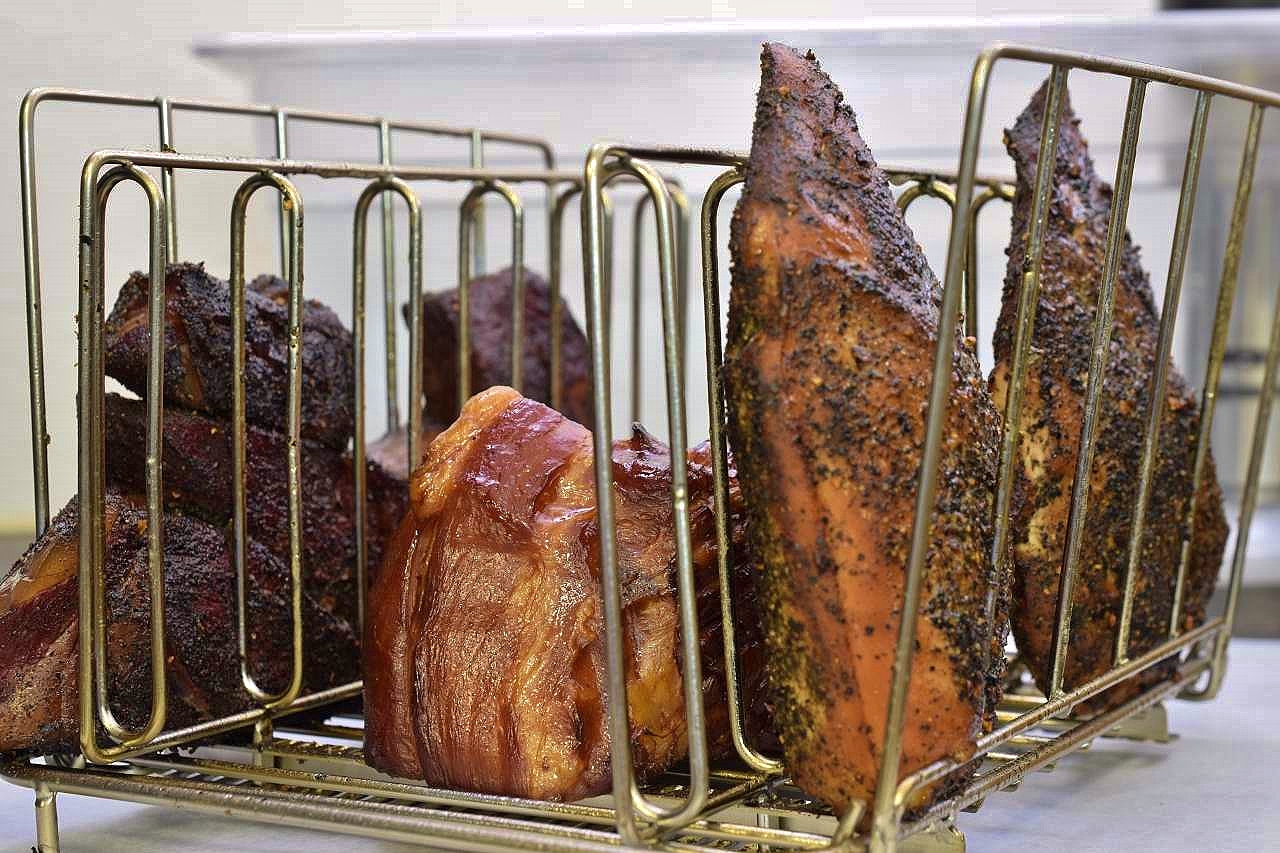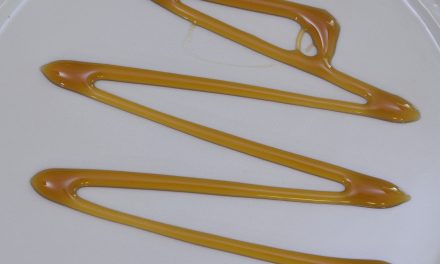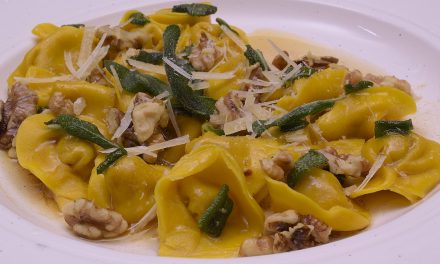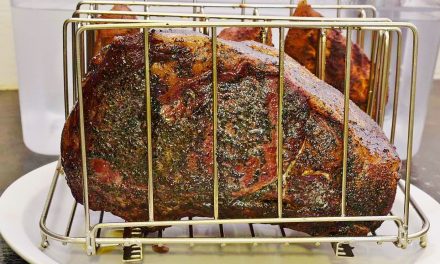Tripping the sandwich fantastic
Here’s the line, here’s the sand
What is the definition of a sous vide dish? Just having a single sous vide processed item as an ingredient is not enough to call it a sous vide recipe. If that were true, almost any sandwich coming out of the market deli would be a sous vide dish. All those meats wrapped in tight plastic have been processed and pasteurized using sous vide at some point. For that matter, sous vide does not even mean “cooked.” Sous vide means “under vacuum.” Almost everything is under vacuum these days, even in the freezer section. The packaged cheeses are processed “a la sous vide,” even though they are not exposed to heat.
Conversely, there are people who reject the notion that ANY recipe can be called a “sous vide recipe” unless EVERYTHING in the recipe was prepared using sous vide–by the practitioner him/herself. This, of course, sounds ridiculous at its face, but I have encountered people who insisted on setting that as the standard.
It’s pure something, that’s for sure
There will always be purists, and so it is with a club sandwich. Some of us know what went into the so-called original club sandwich, but that was a long time ago. Even I am not old enough to have seen it in it’s original and debatable incarnation–two slices of bread, apparently, and chicken, not turkey, and ham, not bacon.
I do know that by the time the dinosaurs had died off and I was “coming up,” a Clubhouse Sandwich was three slices of white toast with mayonnaise, bacon, turkey, lettuce, tomato, speared with frill picks and cut into four triangles.
Menus called it a triple decker, but it’s really a double decker. A sandwich with two slices of bread would be a single decker, right? Or is an open faced sandwich a single decker? Or maybe that’s a half decker. See what I mean? Labels.
Still waiting for the smoke to clear
For what it’s worth, I had a cook working for me once, a college graduate and overall highly intelligent fellow. As brilliant as he was, he could not figure out how to position the frill picks in the club sandwich before he cut it. The result was that he got four cubes instead of four triangles. We were smoking a lot of something back then, can’t quite remember what.
Anyway, I finally showed him how to cut the sandwich into triangles before inserting the little frill picks. It was as if the scales had fallen from his eyes. It was like Galileo finally looking through the home made telescope. Outcome? It didn’t stick, and he ended up rationalizing that since he had a “following” among the locals, it was okay for him to express himself with club cubes instead of club triangles. Those were the days.
These days we have deli clubs and cabana clubs and beach house clubs and so forth, on French rolls and bagels and English muffins and who knows what else. And so we have the Smokehouse Club. The chicken was processed sous vide as per THIS recipe. The ham was purchased already cooked but yes, it was wrapped tightly in plastic so we can be pretty sure it was pasteurized sous vide. Such as it is, I smoked it just for the thrill of it, 180 F/82 C for 4 hours.
Ingredients:
Sliced bread, 3 pieces.
Ham, sliced thin, 3 oz/90 g.
Chicken, cooked, 2 oz/90 g.
Tomato, 8 slices.
Lettuce, an oz or two.
Mayonnaise as needed.
Join a club
I would say that there isn’t much nuance to making a club sandwich, except for the fact that I have seen so many otherwise capable cooks struggle to make it come out. There are things that make a difference. Work on a cutting board with plenty of space so you don’t have to move the sandwich around until you have finished cutting it.
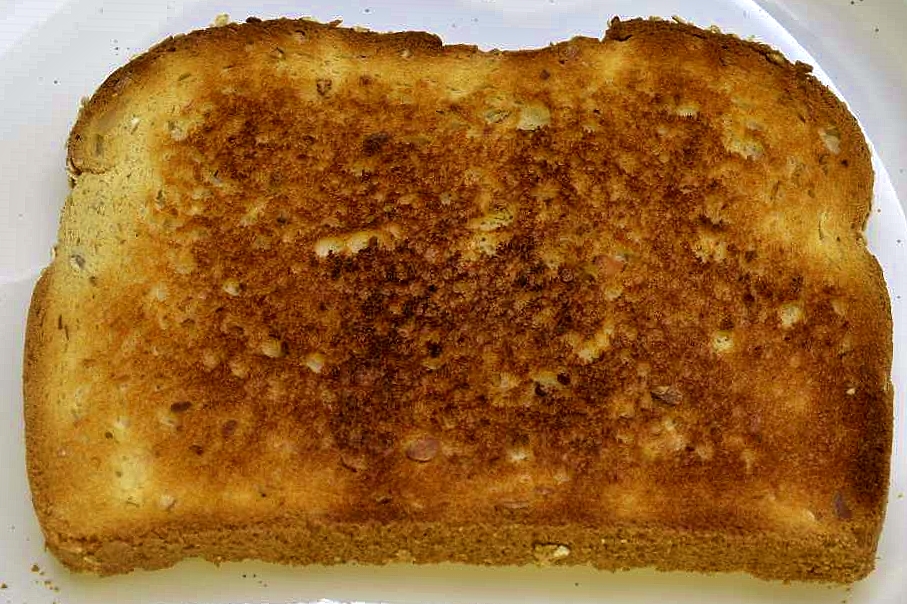
Don’t burn the toast. I don’t mind the flavor of dark toast, but it tends to break apart when you try to cut it into uniform pieces with sharp edges.
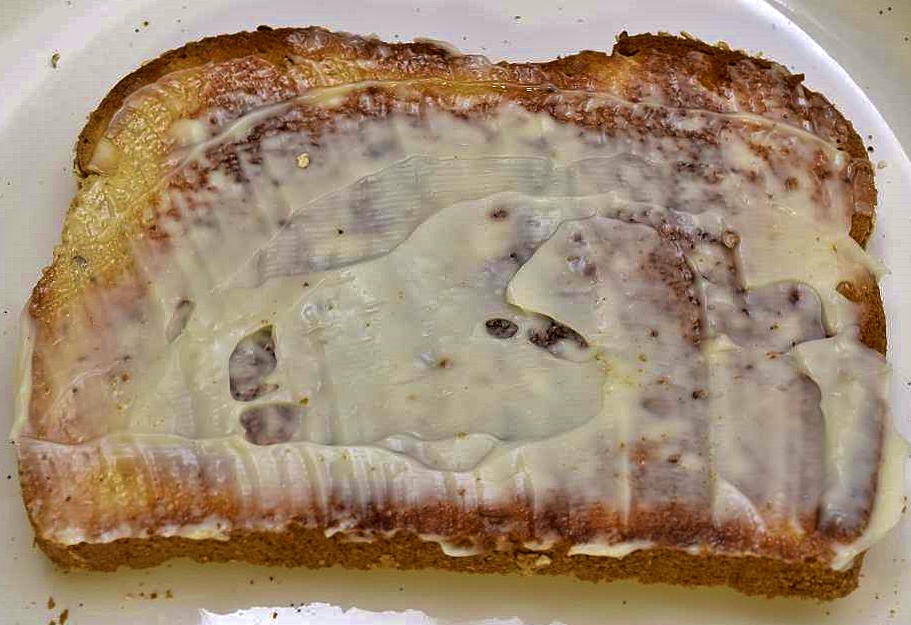
Evenly coated with mayonnaise–that’s the glue. Very important.
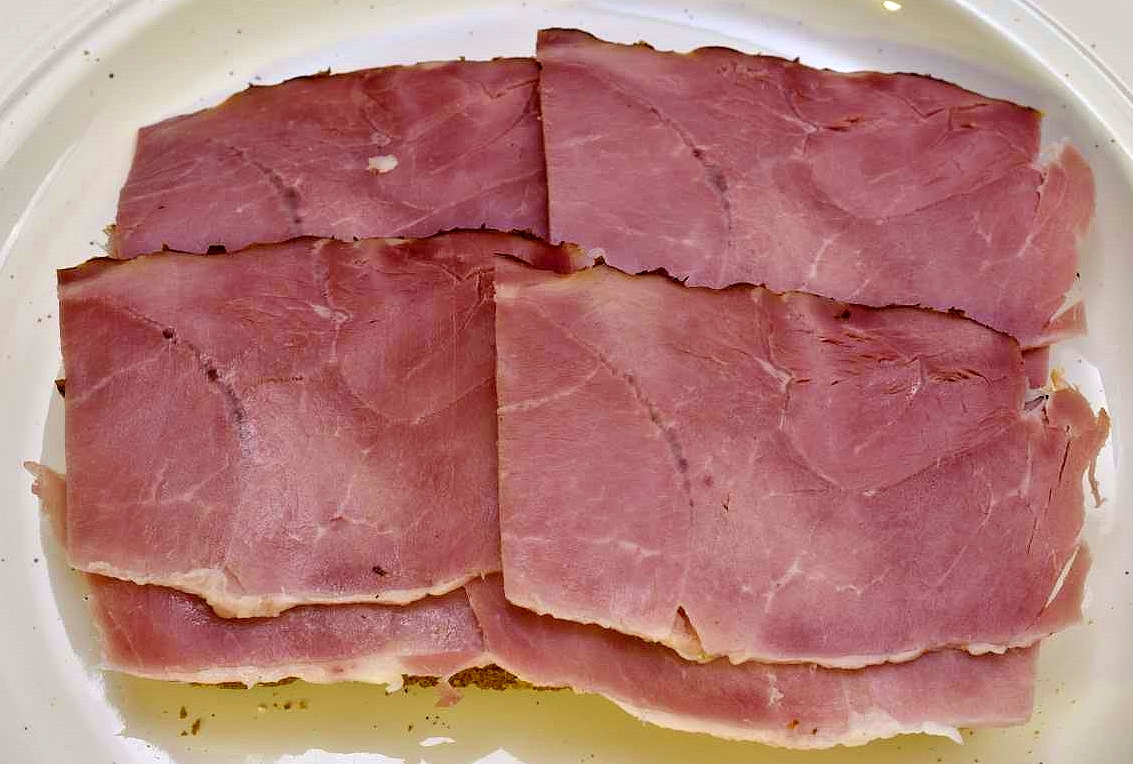
Meat first. Doesn’t really matter which meat, but meat first. It’s a texture thing, and an assembly thing. OVER the edges–the meat should fully obscure the toast. We’ll get back to that.
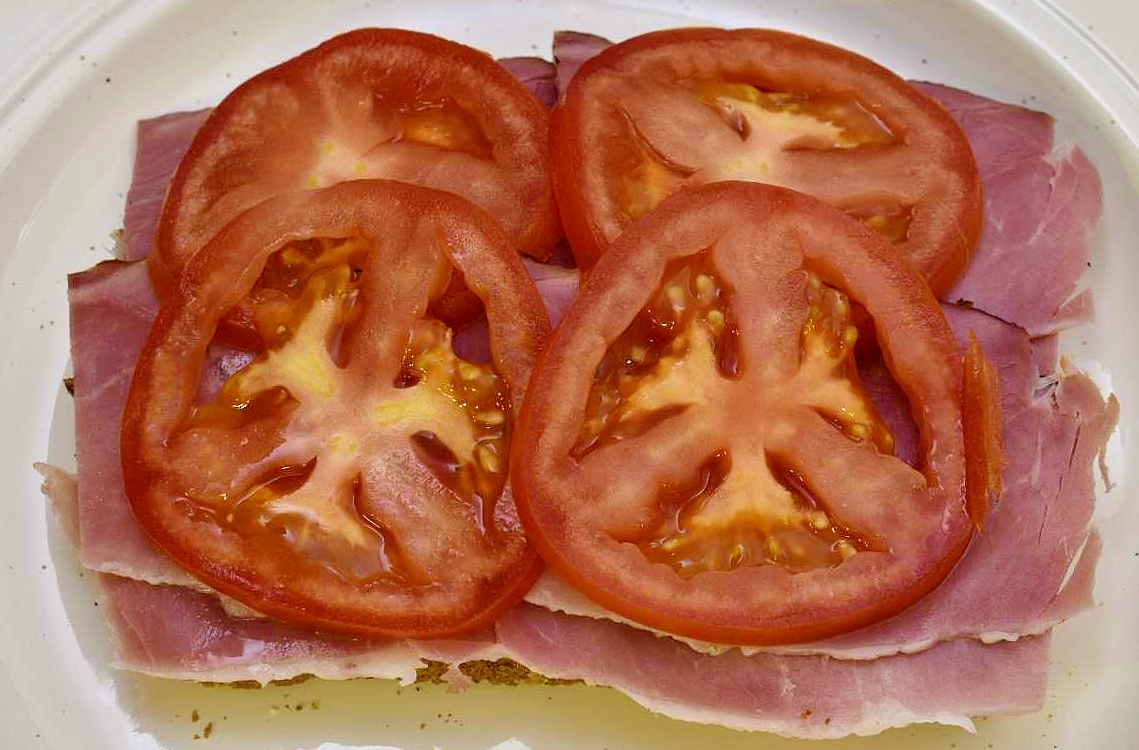
Uniformly sliced tomatoes, evenly distributed. I was taught to NEVER allow the tomatoes to come in contact with the bread. This makes the toast sog.
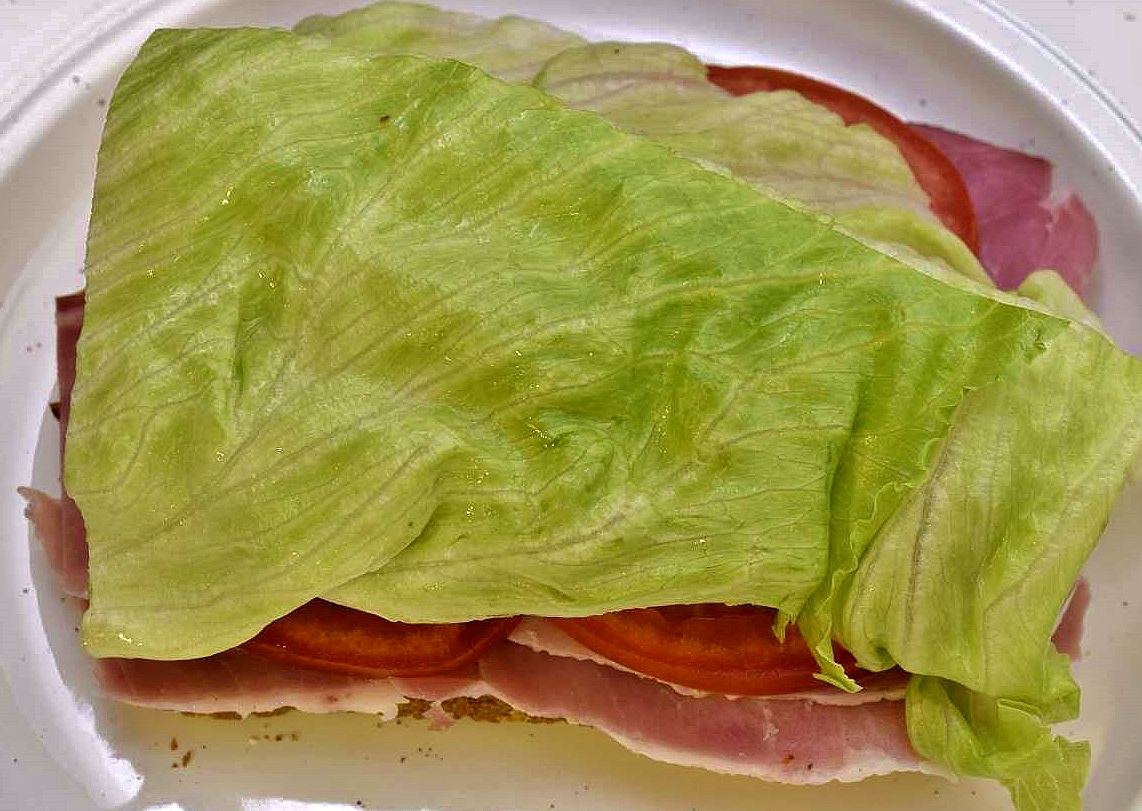
Lettuce. Iceberg is the easiest to use, and usually the “crunchiest.” Large, flat, outer pieces.
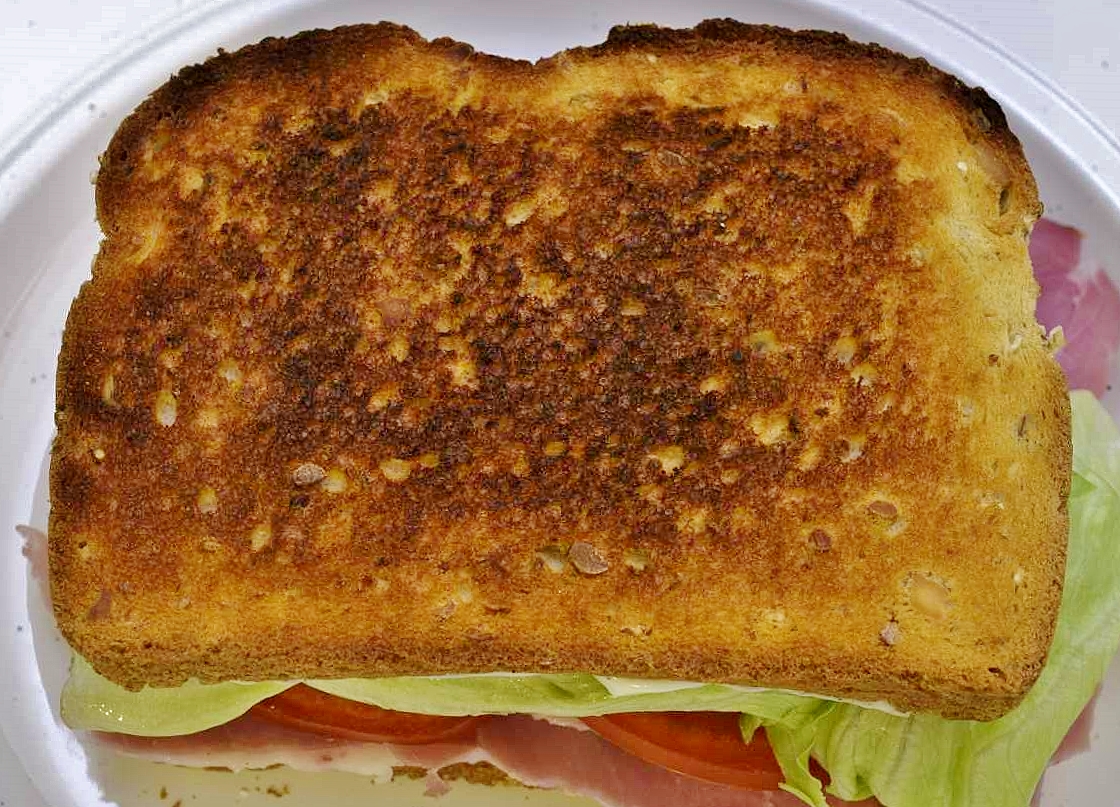
Spread another piece of toast with mayonnaise and put it on top of the lettuce, mayonnaise side down. Make sure the slice of bread “matches” the first one, top crust to top crust, etc.
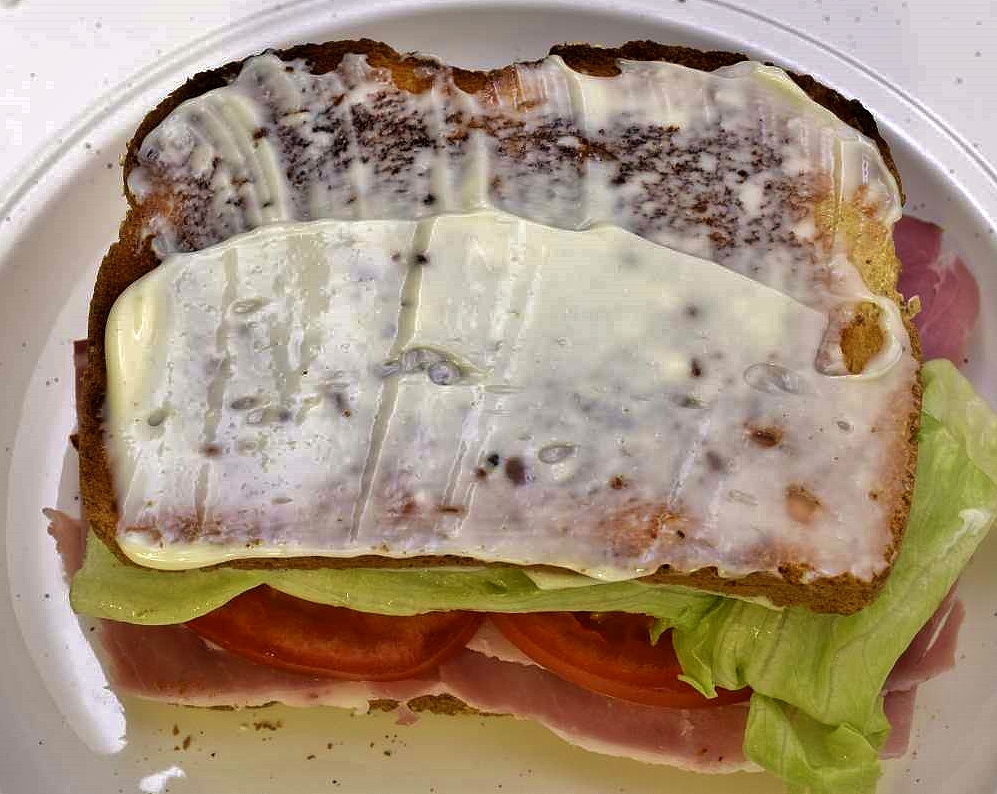
Spread mayonnaise on the other side of the toast. It’s the glue. Not everybody does this, but not everybody’s club sandwiches come out right either.
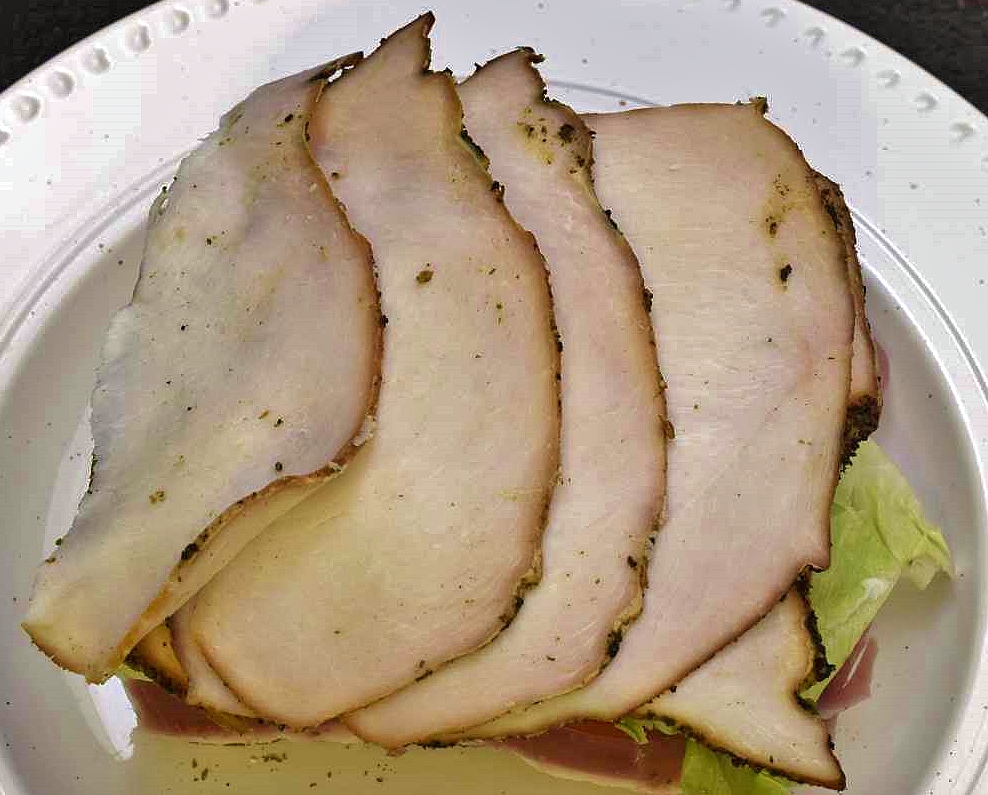
The other meat–sous-b-q Noridashitake Chicken in this case. You should not see the toast underneath. Again, more on that later.
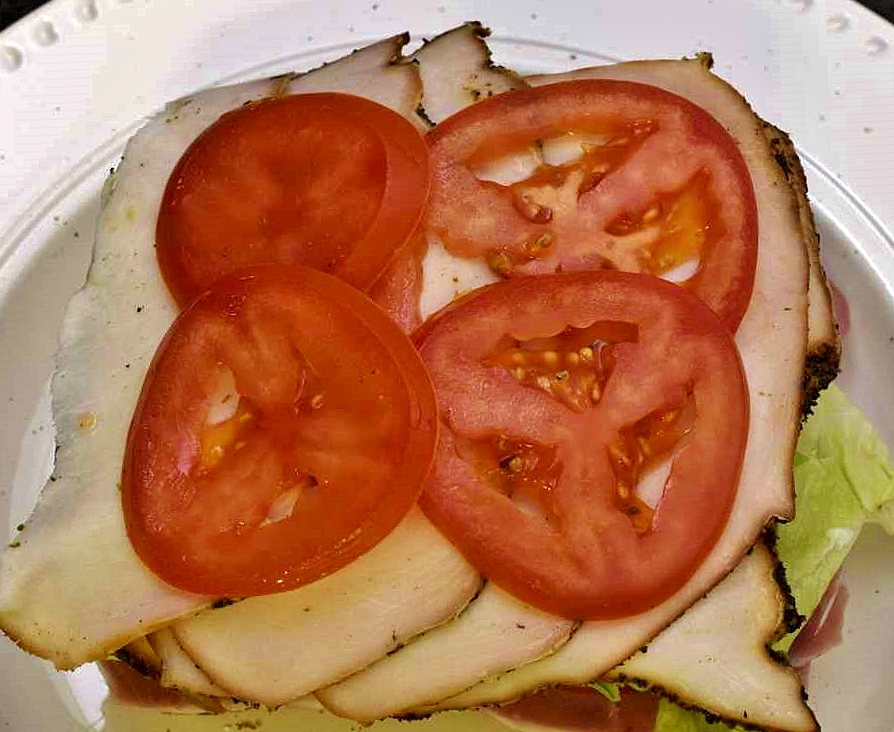
Tomatoes, just like we did before. Not everybody uses two layers of tomatoes. I usually dedicate one whole, small tomato to each sandwich.
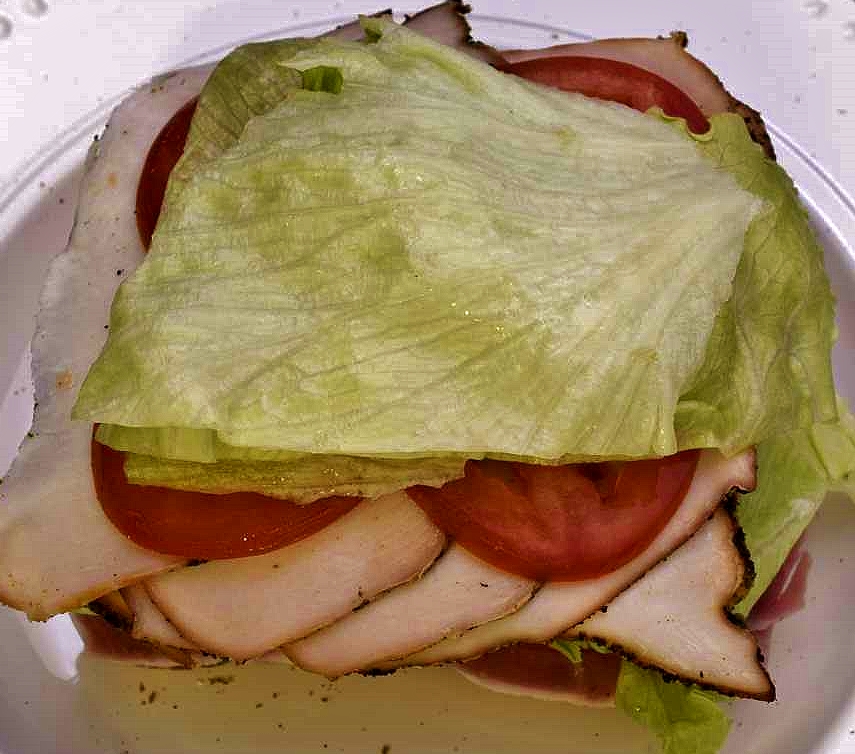
Lettuce, again, just like we did before.
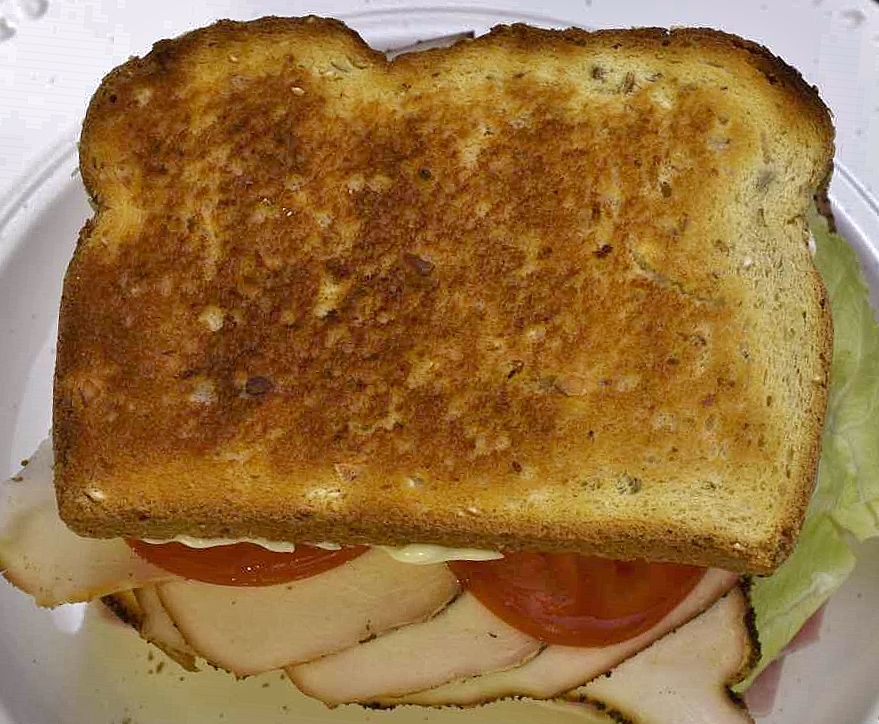
Spread the last piece of toast with mayonnaise and put it on top. Again, make sure it matches the other two pieces.
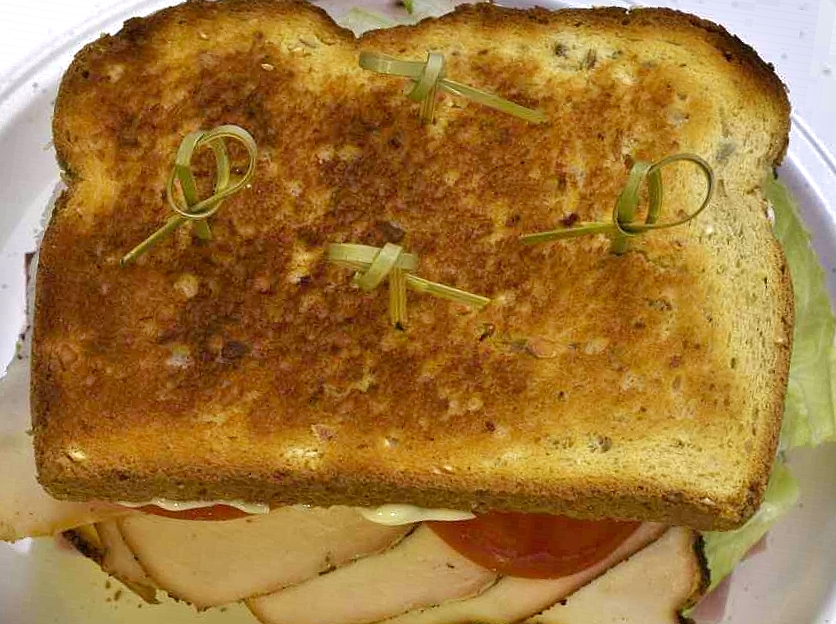
Insert the pics as shown. The best way to describe this is by imagining that the bread is a clock, and the picks are inserted at 12, 3, 6, and 9 o’clock.
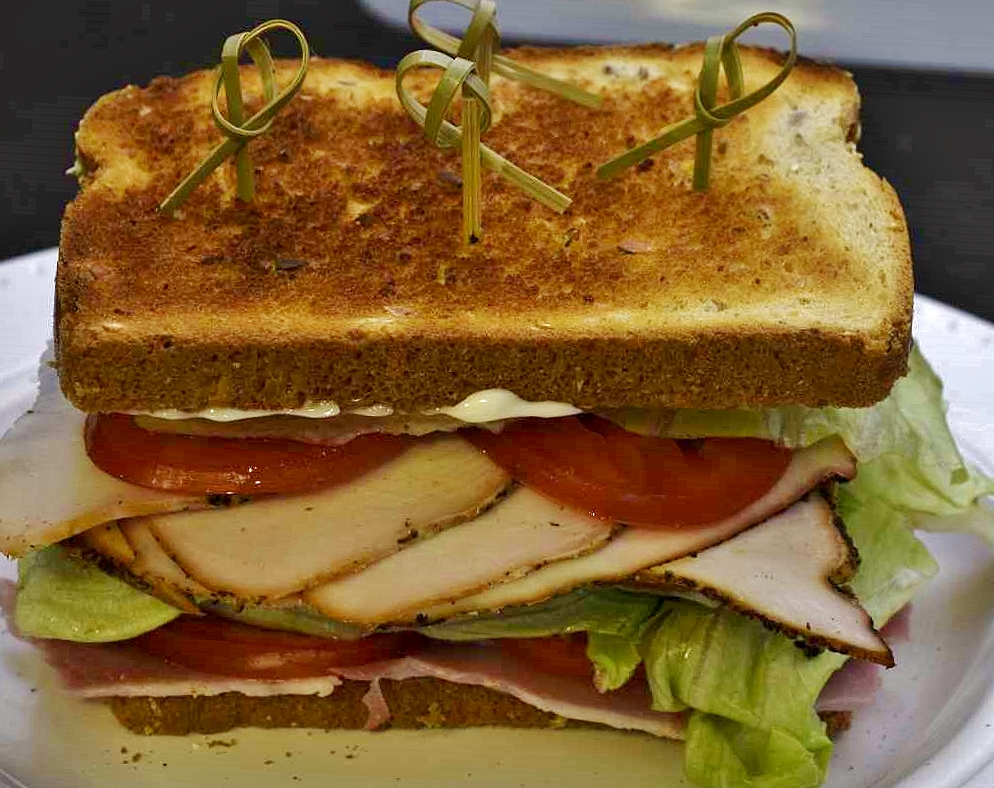
Like so. This is the hard part(s). It’s best to use a very sharp, long, slicer knife.
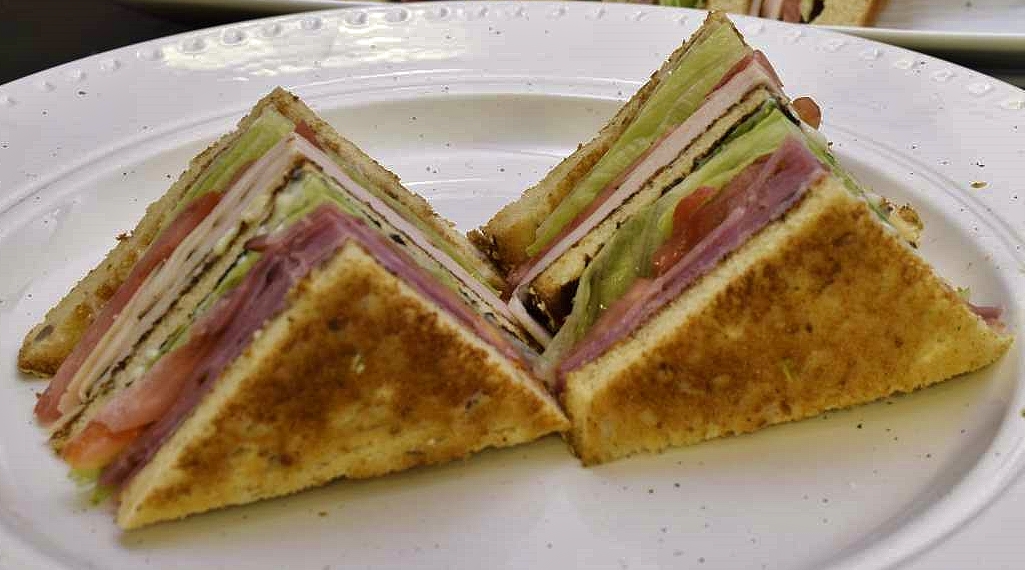
Some cooks use a serrated slicer, but if you’re not careful the teeth will tear the bread. Square the sandwich by trimming the crust. This is why the meat and lettuce should obscure the bread, so that everything comes out looking uniform. You will waste a little bit of meat. This is the cost of doing business.
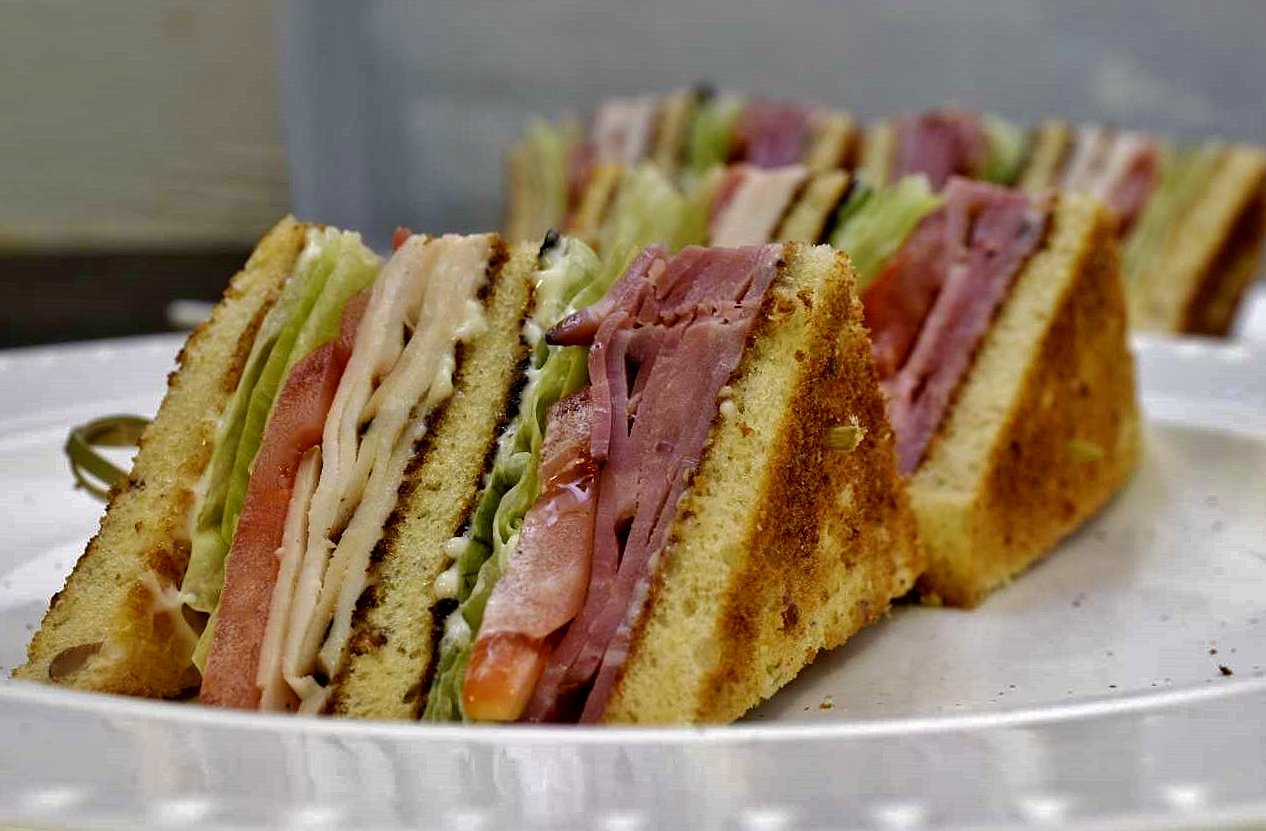
Cut the sandwich in half first, corner to corner. Separate the two halves. Cut one of the halves into two triangles. TILT one of the triangles slightly and finish pushing the pick through it. Repeat with the other triangle.
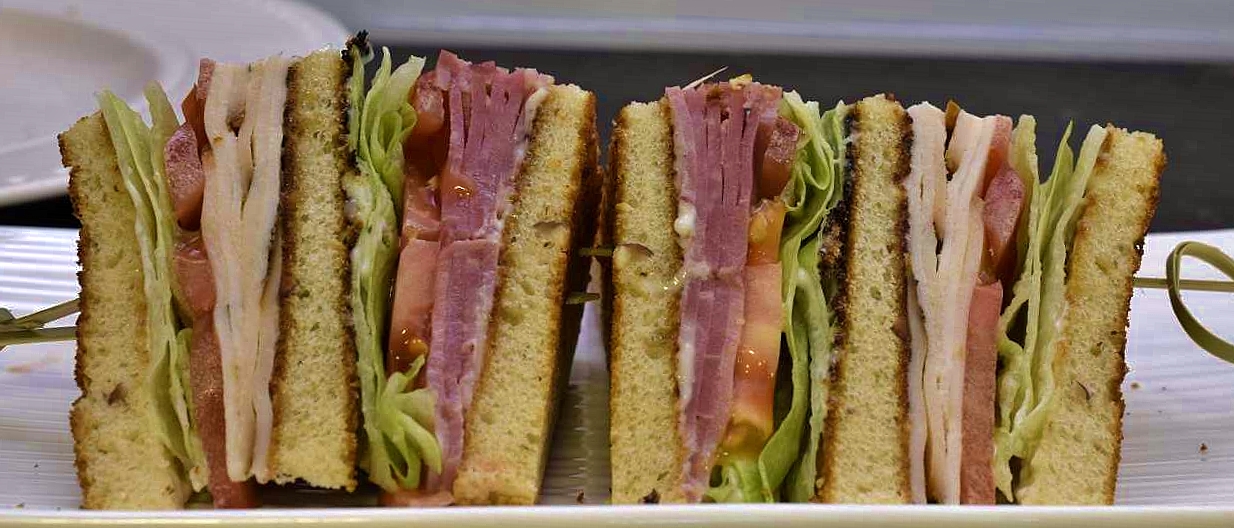
No matter how hard you push the picks, they will come out of the last piece of toast if you just try to pick it up. Then the sandwich will fall apart, from the bottom up. Then you get to start over.
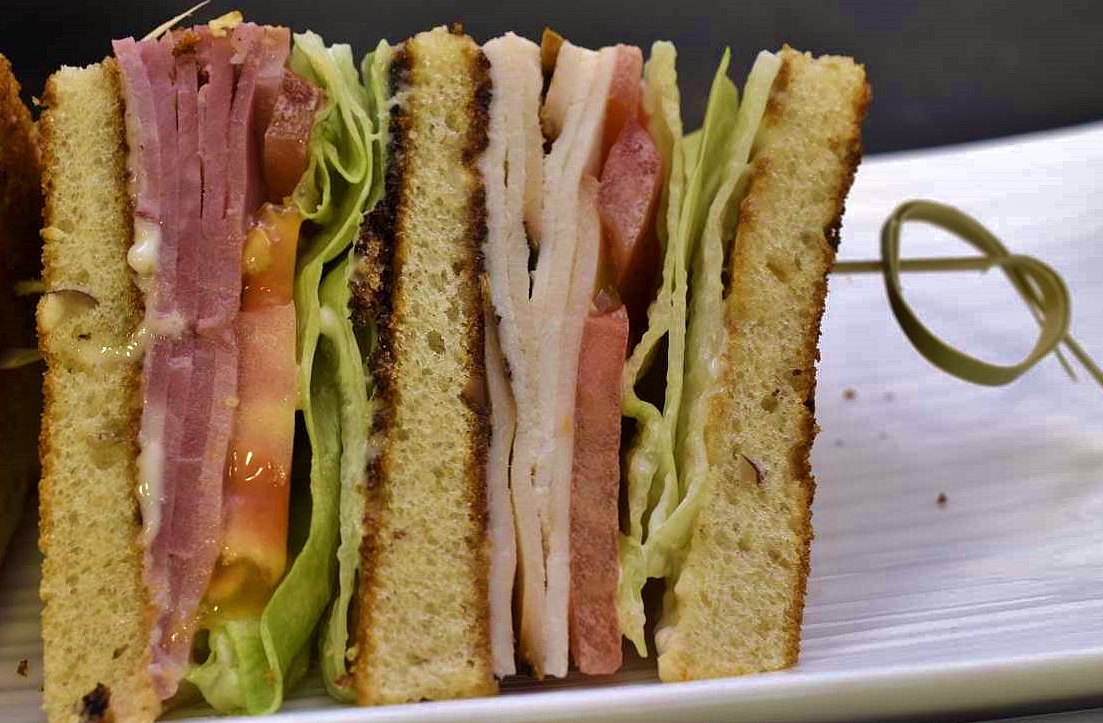
Repeat the process with the other half of the sandwich.
Most cooks hate making this sandwich, and you can hardly blame them–especially if they have to make 25 or 30 in a row, one at a time. A lot of chefs hate this sandwich too, because it is time intensive. Bourdain REALLY hated this sandwich, for all the typically Bourdain reasons. When you’re a chef or a cook, nobody really cares what you like or what you like to make. You make what people want, that’s why you get paid. People like club sandwiches. I’ve tried taking them off the menu entirely. The consequences are worse than just making the sandwich.
Norm King

